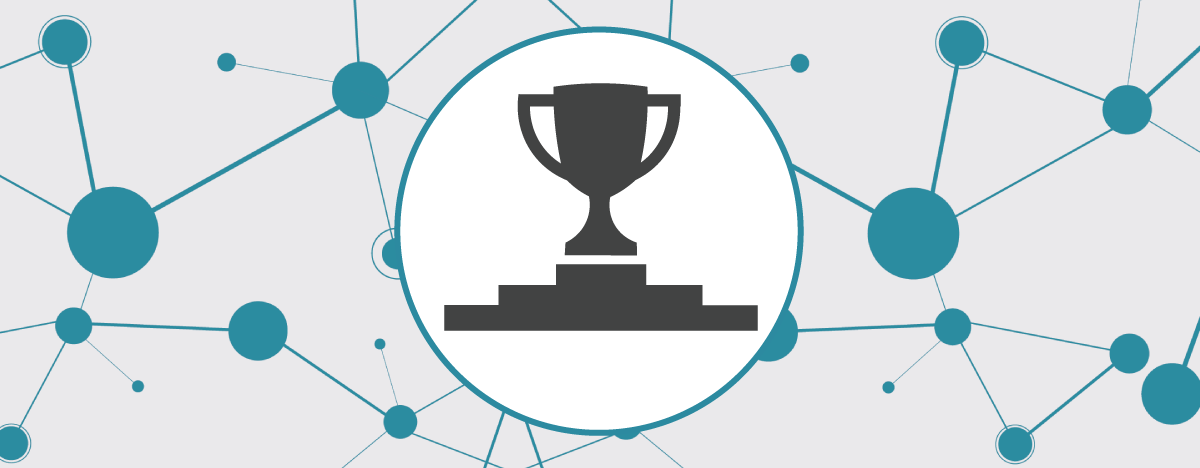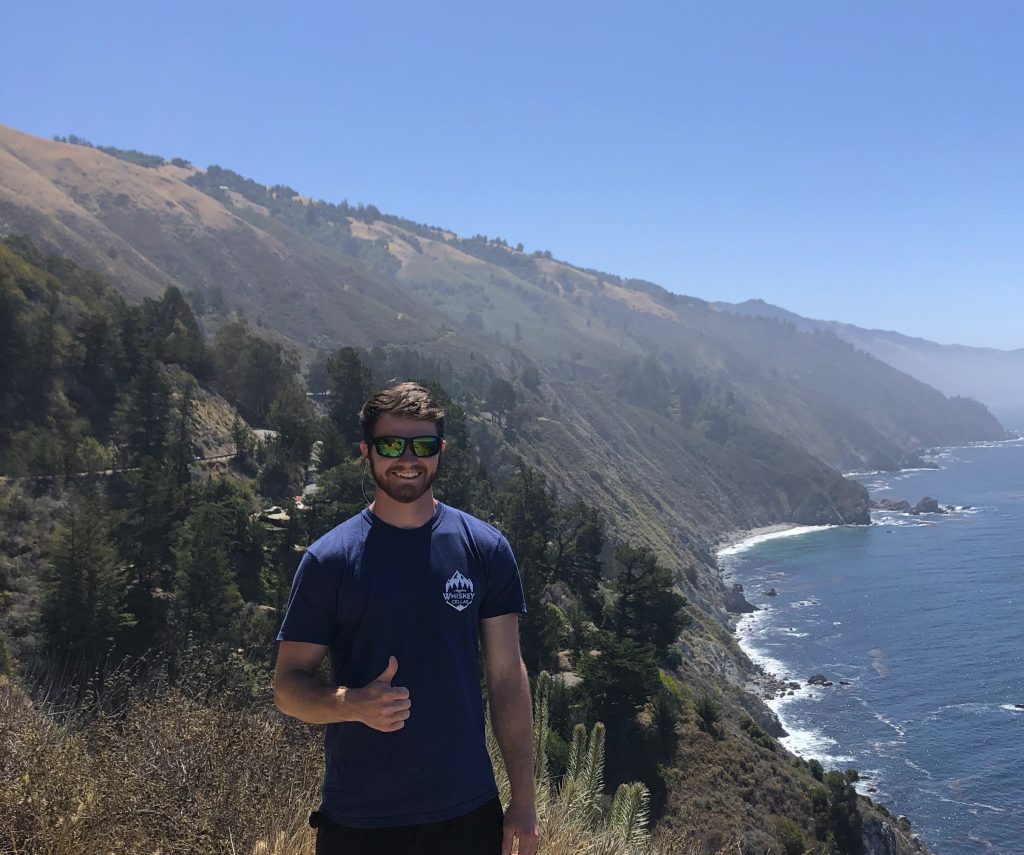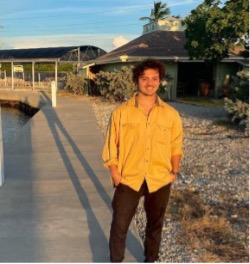SECOORA is honored to announce the 2022 Data Challenge winners. The 2022 Data Challenge focused on developing a project that combines multiple Southeast datasets to understand a coastal ocean event.
Category 1 – Undergraduate
The Spatial Structure of Storm Events in the South Atlantic Bight
Project Lead: Tim Hesford, University of North Carolina Wilmington
Advisors: Dr. Sutara Suanda University of North Carolina Wilmington, and Dr. Ruoying He, North Carolina State University
“Having my project selected for the 2022 Data Challenge is an incredible honor. I’m thrilled for the opportunity to work with SECOORA to create a record of significant storm events observed by long term moorings in the South Atlantic Bight. I hope that this record and the tools I produce will prove valuable in understanding and visualizing the impacts of storms on sediment mobilization in our region.“
Project Abstract
The South Atlantic Bight is a large “sediment starved” coastal embayment where storms are thought to be an important cause of erosion and accretion on the continental shelf. The region’s size and varying shelf orientation can lead to spatially distinct wave and current induced bottom stresses from individual storm events. For the 2022 SECOORA Data Challenge, we will combine long-term observations from a series of moorings with model outputs to create a catalog of events where bottom stresses meet varying thresholds for sediment mobilization throughout the region. To visualize the spatial and temporal extent of each event, model outputs will be used to create maps of peak stresses, time spent over thresholds of mobilization, and integrated bottom stresses over the event duration. The catalog, and corresponding maps will be provided to SECOORA along with Python tools for users to query individual events in the historical record such as named storms and display maps and data from affected moorings.
Category 2 – Graduate and Early Career
Multiyear Analysis of Chlorophyll Spikes in the Indian River Lagoon: Coupling Bloom Events & HABs to Potential Sediment Sources in a Lake – Canal – Estuarine Continuum
Project Lead: Owen Silvera, Florida Atlantic University
Advisor: Jordon Beckler, Florida Atlantic Univeristy
“I am overjoyed to have my project selected for the 2022 Data Challenge. I have worked with sediments and water quality analysis in the Lake Okeechobee-C44-St. Lucie Estuary (SLE) system for a year now. In the SLE, SECOORA datasets show that sediments may act as the spur for bloom onset through rapid alteration of the water quality. Here, sediment proxies like turbidity are used, but the Data Challenge provides me with a unique opportunity to investigate these trends further and highlight the need for long-term sediment monitoring. My hope is that by incorporating sediment analysis into coastal observatory stations, researchers will have a more complete picture of the complex events occurring in situ leading to an algal bloom. Once we understand the processes favoring blooms, we can devise actions to prevent and remediate their effects; indeed, in this case, the answers still need questions!”
Project Abstract
Since its conception in 2017, Indian River Lagoon Observatory Network (IRLON) time series show that the St. Lucie Estuary (SLE) is on average nitrogen limited. When muddy sediments are resuspended during winter storms, phosphate decreases up to a factor of 9; meanwhile seasonal nitrogen loading from the water shed increases nitrate up to a factor of 4. In the SLE-IRLON time series, algal blooms are observed to proliferate from the high N:P, proposedly influenced by turbidity. Sediments of the SLE are rich in iron, which is shown to be the primary phosphate binding constituent in these sediments.
Owen will show the plausibility of sediment-iron phosphate trapping within the water column during resuspension, using a conceptual model, at the scale observed in situ. Furthermore, a statistical approach will be employed to demonstrate N or P dependence of blooms within the SLE. Finally, Owen will research and gather sediment monitoring technologies that can be implemented alongside coastal observatory stations. The products of this work will be available to stakeholders on the SECOORA website as a PowerPoint web story and manuscript.
Related news
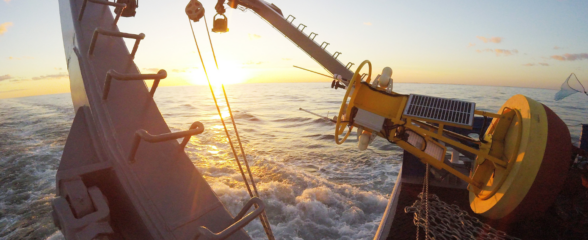
Funding Cuts to NOAA IOOS Will Hurt the Southeast
Proposed federal funding cuts would eliminate the IOOS Regional Observations budget for next year. Contrary to the budget Congress has already approved for this year, the Executive Branch wants these proposed cuts to go into effect in 2025.
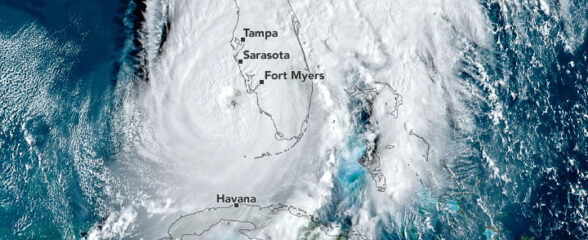
SECOORA Webinar on the Rapid Intensification of Hurricane Ian: Warm Subsurface Water on the Wide Continental Shelf
Join us Thursday, April 24th at 12 PM ET for the April installment of the SECOORA Coastal Observing in Your Community Webinar Series! This month, we will hear from Dr. Yonggang Liu from the University of South Florida. He will discuss his research on the rapid intensification of Hurricane Ian in relation to anomalously warm subsurface water on the wide...

Webinar: SECOORA Data Portal Demo
Join us on Thursday, February 20, 2025 at 1:00 PM ET to learn more about the SECOORA Data Portal and how to navigate it. Axiom Data Science will be providing an overview of the portal, including how to search the Catalog and make a custom data view.
